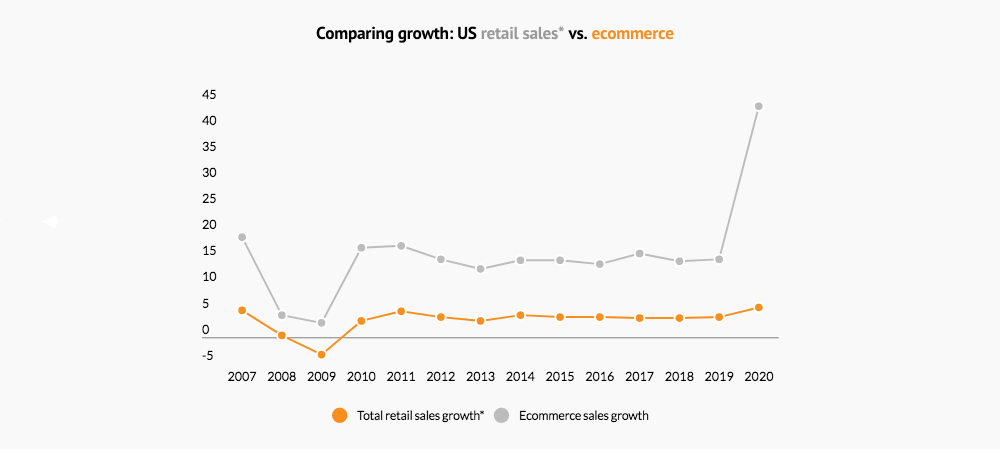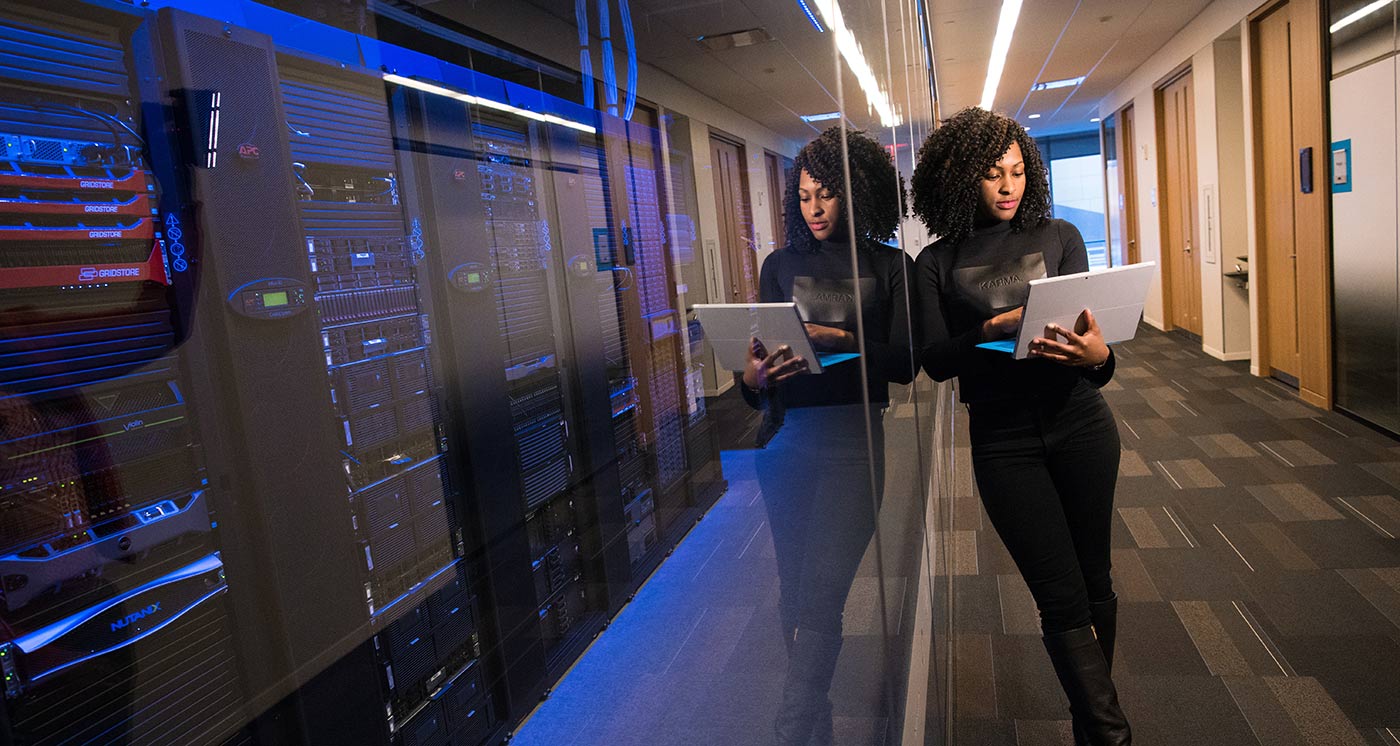When should you outsource software and app design? For some companies, the answer is ‘never’ — but they’re pretty rare. Many companies rely to some extent on outsourcing, to get them over a hump, or to accelerate time to market without taking on the liabilities involved with a big full-time team.
How should you choose when to outsource, and what are the advantages? How should you evaluate potential outsourcing partners? And what should successful outsourced software and app development look like?
First, let’s say your existing provision is doing great. You’re delivering excellent results with your own team. Why would you ever change? In other words...
If it ain’t broke, why fix it?
If your current product is performing well, and your customers give you mostly positive feedback, why would you ever want to mess with that program? Your team can provision the offering you have right now, covering updates, tweaks, and patches. No need to reinvent the wheel, right?
This is true, but it’s not the whole picture. Your tech works because it’s plugged into the wider world. And that world is changing, faster all the time.
One place we can see this happening right in front of us is at the store. Except a lot of us haven’t been to a store lately.

This graph measures growth, not total sales; retail still outweighs ecommerce, and is still growing, despite the decline of the mall. Retail sales in 2000 were $2.98 billion, vs ecommerce sales of $27 billion. In 2019, those figures were $5.41 billion for retail (186% of the 2000 figure), and $578 billion for ecommerce (2,140% of the 2000 figure). These figures are from before the pandemic drove us all indoors and triggered a landslide of ecommerce sales.
Because retail operates on thin margins, even stores with previously great numbers started to go bust. You can see where I’m going with this: at some point, if you didn’t have a digital presence, you were going to be easily outcompeted by a company that did.
When the landscape changed, businesses that had a solid product had to change, and they often needed outside help to do it. You can see this happen in the wider marketplace with Kodak, Blockbuster and plenty of others.
This happens in software too, where the effect is much more pronounced. Take AI; futuristic promises and failed startups aside, limited AI powers chatbots that accelerate customer communication and improve lead velocity.
The difference is stark. Last year, 67% of consumers interacted with a chatbot on a company website, and 87% reported that the experience was positive. In some industries, like medical billing and financial services, chatbots are forecast to handle between 75% and 90% of inquiries by 2022.
Going by the statistics above, for some industries, a chatbot is going to be as important as having a website was ten years ago. But it’s deeper than a single tool. Building apps with machine learning and artificial intelligence under the hood is opening up new business opportunities.
Now, it’s FaceApp making $7 million in July this year alone (founders Jan Joum and Brian Acton outsourced their development for speed and budget reasons). It’s fashion retailers and etailers, and filters on chat apps. Soon it will be vehicles, finances, cashierless shopping, and much, much more.
Companies that don’t have in-house teams to build bots will need consultancies, agencies, or white-label solutions. And they’ll need ways to suture those solutions into the offering they already have.
The same logic applies to everything that’s coming up in software development now. Sometimes you’ll have a team that lacks skills in a specific area, other times it’s about replacing functions within a team. Sometimes you need a full-cycle development company to step in — especially when time is of the essence.
When it needs to happen now…
Sometimes, you have the team, the technology and the know-how. But you don’t have the time. Outsourcing saves most companies money compared with building a development team. You’re paying for services, not the long-term costs associated with FTE employees. Some companies will contract in individual staff as FTE to augment your existing team, far cheaper than hiring staff full- time. Just hiring a single new staff member costs the average US business about $4,000.
This is especially advantageous when you have a major project like a new product to build. You need to have the hands available to do the build, but afterward you’ll be heavily overstaffed for maintenance.
But there are also occasions when budget is less of a concern, because speed is the most pressing factor. Hiring full-time staff is even less effective now. Not only is it more expensive, it’s vastly more time-consuming. On average, hiring a software engineer takes about 35 days, with around 30 interviews. That’s a long time to wait and a lot of leadership and management time sacrificed, just to start the process of onboarding.
Outsourced developers may not be fully au fait with your systems and your business. But they are accustomed to stepping into new situations, quickly acclimatizing, and delivering.
One common scenario for startups is getting seed funding based on a not-even-MVP, built on a patchwork of white label solutions, consumer-level tools and wonky code. Once they have some money, they’re looking to build all over again, but this time for users rather than investors. They need a true MVP.
The timeframe for this can vary, but around six months isn’t uncommon. And one of the big bottlenecks is a shortage of staff. After all, a startup is all but defined by being tiny, and many are building out MVPs when there’s no one there but the CEO/founder, maybe a co-founder, and a sales or product person.
With time and budget both short and stakes high, many startups outsource the development of their first real MVP to make sure it’s done fast and right. Some companies will promise to build your MVP practically in seconds, but beware: if corners are cut here you’ll have to hire someone else to clean up, fix bugs and maintain later. However, it’s definitely possible to build a real, sustainable MVP in 100 days or less.
When you need to line product up with mission and vision
So far, we’ve talked about what you can do with outsourcing when you already know the task. But what about when you haven’t yet figured that out?
A lot of outsourcing for software development takes place after the core business team has gotten together and figured out what to build. In this scenario, finding outsourced development is like hiring a contractor. But it can be like working with an architect.
When you hire a developer to do an already-defined task, you’re looking for someone who can write clean, annotated, functional code that matches your defined development objectives. But what you really need isn’t someone who can follow instructions, but someone who can ask the right questions.
Figuring out the ‘whys’ and ‘hows,’ as well as the ‘whats,’ can make all the difference. Which is why you need to partner with software developers who seek to understand your business goals and strategic direction, rather than needing you to define these and then pass on a brief.
That’s often best found through outsourcing, since even highly-experienced, senior developers often have tightly focused experience. Hiring a great developer will get your code written much cleaner and faster. But they won’t necessarily know much about running a business.
If you want to talk software plans with someone who knows ARR from CRM, you might be best served by speaking to a dedicated development company. Then you’ll be working with a team that has experience matching business goals with software requirements, as well as writing code.
What should it look like?
Look for an agency that offers a structured approach, designed to keep you informed and in control and to keep the project on the rails. We use a results-oriented approach that relies on a simple, three-phase structure.
First, we map and prioritize features and development. This isn’t an exercise in pen-pushing, it’s a sprint where we design the eventual user experience based on information about your business, customers and goals. We’ll show you real, demonstrable assets to build consensus inside the company before moving forward. And we’ll define the scope of work for the MVP, create a features list and ideal user journey, and lay out a project timeline and development methodology chosen to suit your needs.
Taking this approach, including incorporating UX testing and planning, MVP strategy and a Product Map, gives you a development journey you can predict. Doing it this way saves our clients time and money, but more importantly in the long run, it also saves them the difficulties associated with unclear development and unannotated code that sets them up for additional costs and complexity down the road. We prime them for success instead.
Once the journey has been mapped and prioritized, we start the coding process. Early prototypes and wireframes are created and tested using a refined Agile Scrum process that focuses on development and ensures each phase is on target and on time.
Finally, we’ll work with you to actually launch the product. For a developer for hire, this is the end of the journey. For a strategic partner it’s the beginning, as the market begins to feed back information about what your customers value and what your product should become. We’ll be there to iterate and support you as you grow.
How do we know?
Since 2005, we’ve specialized in consulting with businesses on digital transformation, as well as product and UX.
We’ve built a strategy-first approach to product development that puts your company’s business objectives front and center, offering turnkey product development, consulting and team member replacement. We work with technologies like Java, React, Vue, Docker, AWS, and Android Things, across a wide range of modalities. And thanks to frequent, comprehensive upskilling, we have capabilities in leading-edge technologies like blockchain, natural language processing, and computer vision.
But your vision is only part of the puzzle; the missing piece is how your customers experience your product. That’s User Experience: UX. That’s the third pillar of everything we do. We have specialist UX designers, yes. But a UX-first approach permeates everything we do. We start by designing UX, not products or features. We also offer UX assessment and turnkey UX design.
See for yourself what we’ve done for our clients, including UX, cross-platform applications, and emerging technologies like IoT.
Takeaways
- Remember you can outsource for outcome or function as well as whole projects
- Don’t settle for ‘coders for hire.’ Look for development partners
- Businesses that don’t adapt to changing conditions will go under — even if their existing offering is solid
- MVP shouldn’t mean rushed, and it shouldn’t mean a list of traps waiting for your future development team to sidestep. Get your MVP built cleanly and with an eye for strategy
- Don’t be afraid to outsource to accelerate time to market or get over humps
















